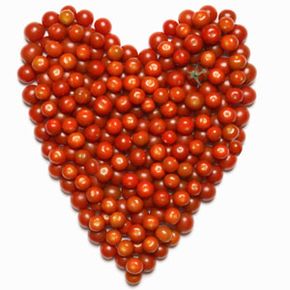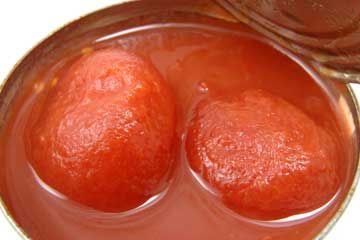The 1937 film "Shall We Dance" featured "Let's Call the Whole Thing Off," a song penned by George and Ira Gershwin. The ditty is a rundown of all the words that two lovebirds pronounce differently, thanks to their accents -- words like bananas, either and oysters. Because the pair can't see eye-to-eye on these matters, the song goes, they should just nip this affair in the bud right now.
"Let's Call the Whole Thing Off" makes brief note of the fact that half of the couple prefers the pronunciation "tomato," while the other half prefers "tomahto." But this disagreement merely scratches the surface of what to call a tomato, and if the Gershwins had decided to write the entire song about tomatoes, they would have had ample material. For example, when this couple refers to tomatoes, are they thinking of beefsteak, heirloom or cherry tomatoes? Do they prefer varietals like the Abraham Lincoln, the Fourth of July or the Black Russian? Would they rather we refer to the tomato's formal botanical classification, Lycopersicon esculentum, which translates as "edible wolf peach" [source: Ray]? And does anyone in this relationship prefer calling tomatoes "love apples," as they are sometimes known?
Advertisement
We can thank the Aztecs for the tomato, both the name in English (which is derived from the Aztec word "tomatl") and the food itself. One of the first references to tomatoes in historical documents mentions that Aztecs who practiced cannibalism used the red fruit as a side dish to the main course of human flesh [source: Epstein]. When the tomato made its way to Europe, many were convinced that the fruit was poisonous, because it was classified alongside the deadly belladonna and nightshade. So how does a food associated with cannibalism and believed to be toxic become known as the love apple?



